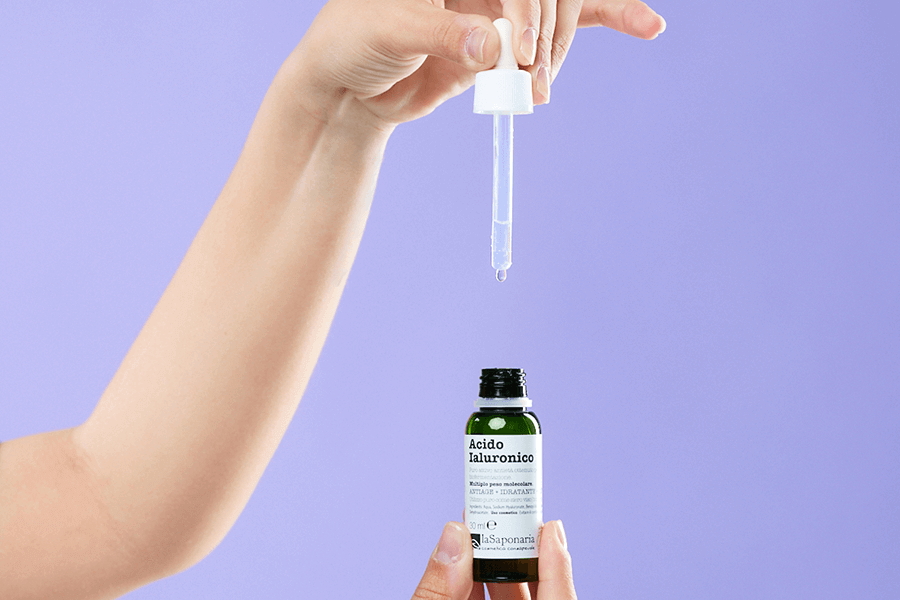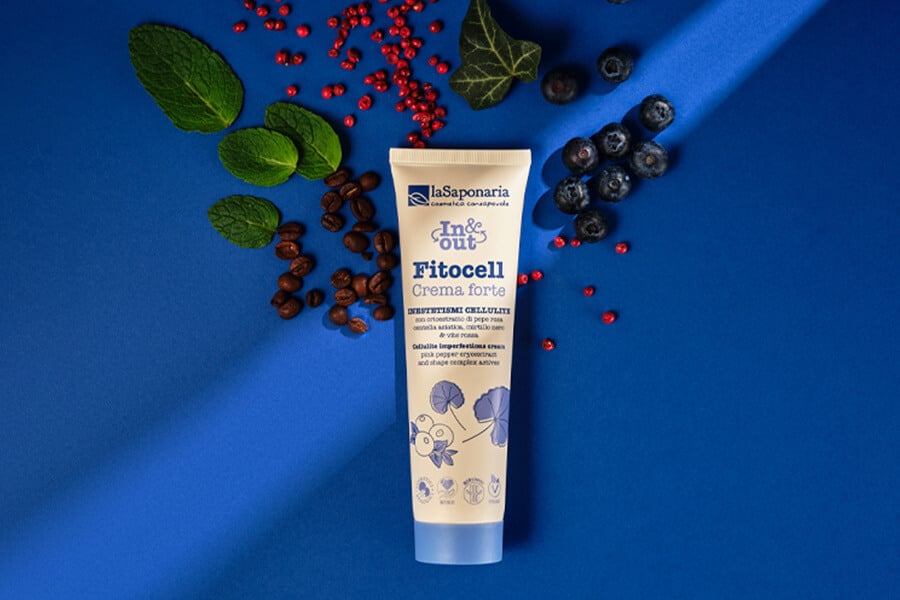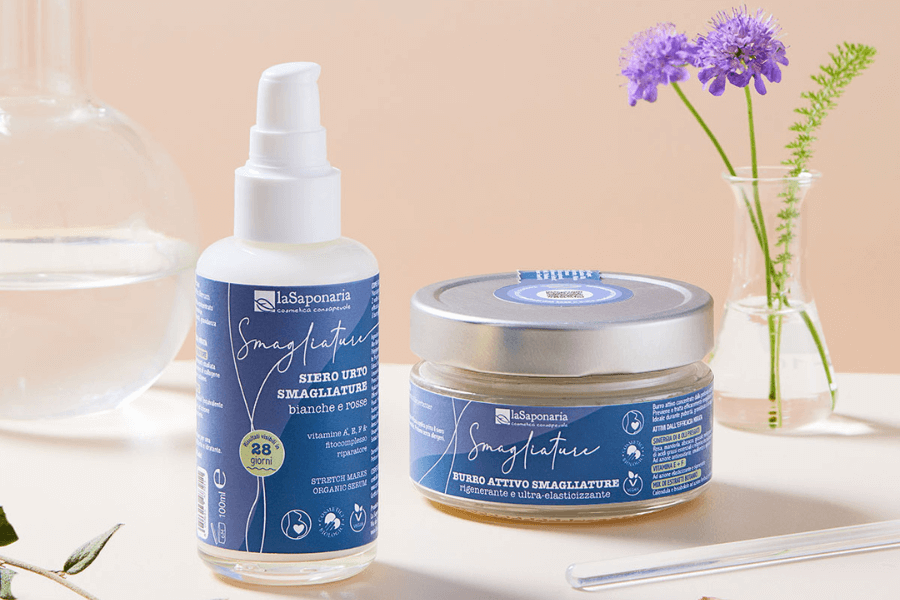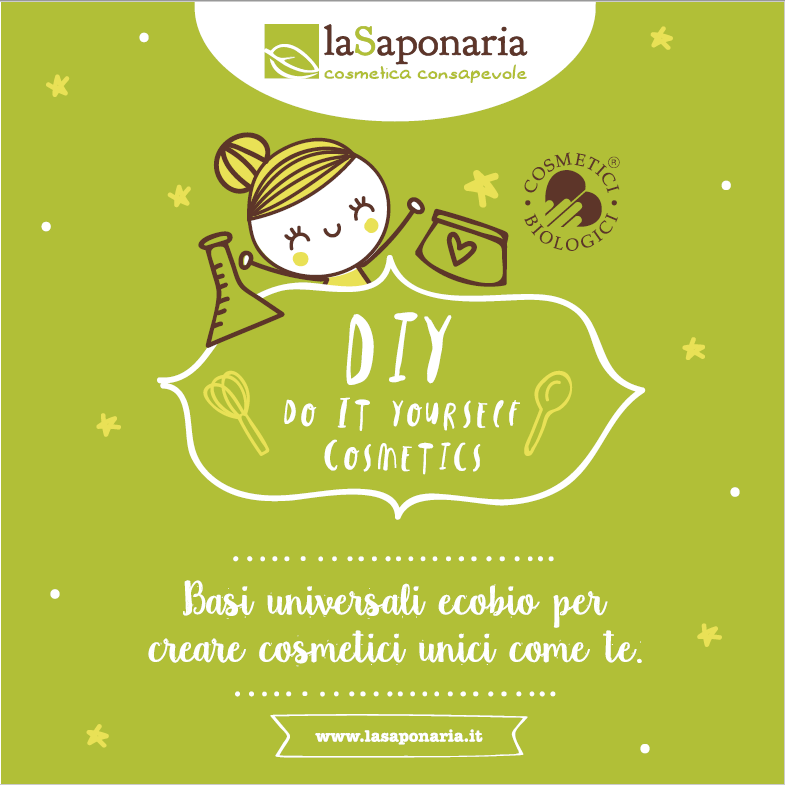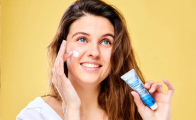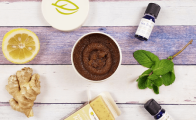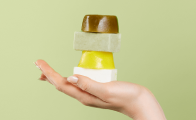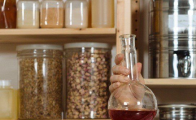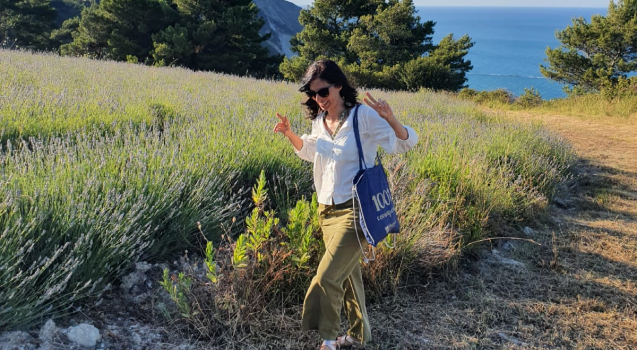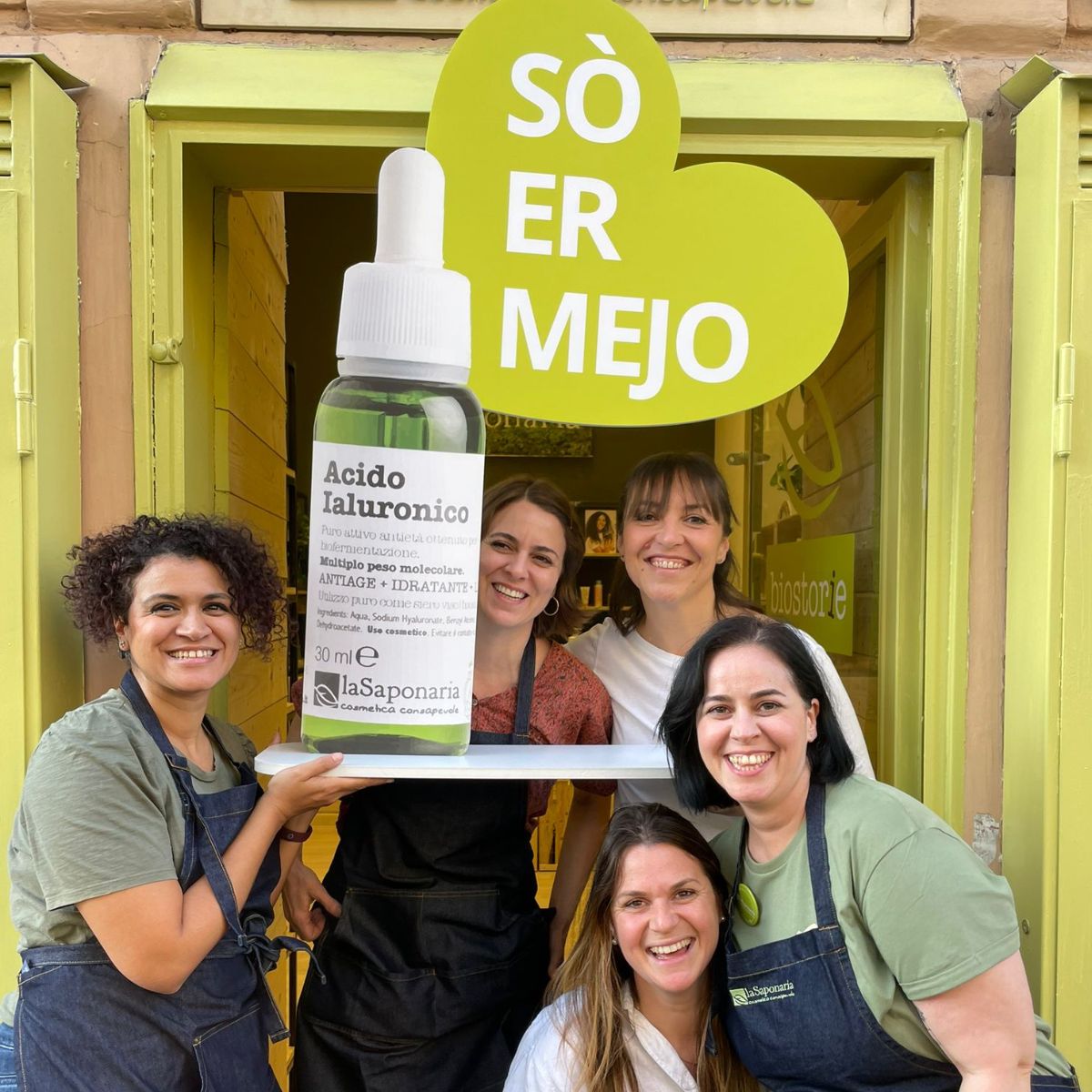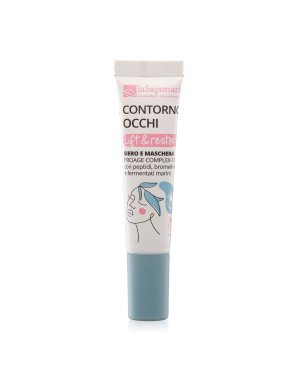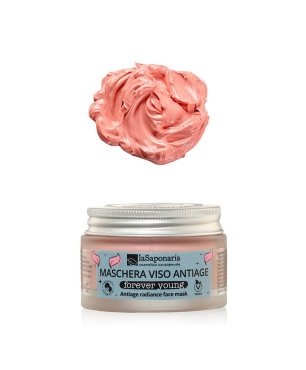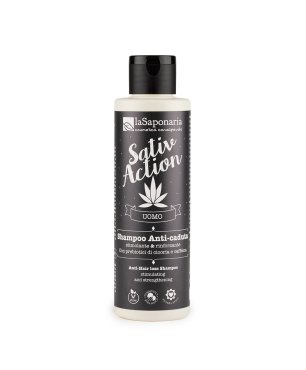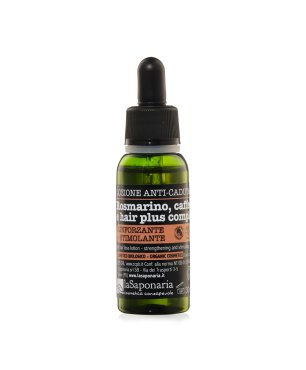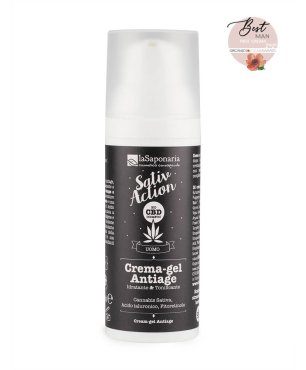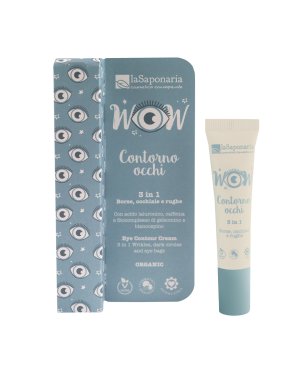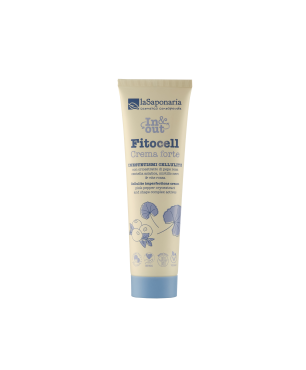- Call us! +390721 911004
- Write a message
- Whatsapp +39 377 3844777
- Become a reseller
- Test and E-book
- Location and contacts
-
MenuBack
-
Organic cosmetics
-
-
space
-
-
-
-
-
-
-
Christmas Gift
-
-
Skin care
-
Hair care
-
Body Care
- Christmas gift
- Routines
-
DIY
-
-
space
-
-
-
-
-
-
PRODUCTION TOOLS
-
-
DOWNLOAD THE RECIPES
-
-
-
Organic library
-
-
BEAUTYBLOG
-
-
-
GLOSSARY
-
-
-
DO-IT-YOURSELF RECIPES
-
-
-
TEST AND E-BOOK
-
-
About us
-
-
space
-
-
-
-
-
PHILOSOPHY
-
-
-
NATURAL COSMETICS
-
-
-
FLAGSHIP STORES
-
-
-
Sustainability
-
-
space
-
-
-
BENEFIT COMPANY
-
-
-
ETHICAL CHAIN
-
-
-
SUSTAINABLE PACKAGING
-
-
-
SUSTAINABILITY IN THE COMPANY
-
-
-
Supported projects
-
NOTICES AND AWARDS
-
-
-
Business Area
-
-
space
-
-
-
OPEN A FLAG SHIP STORE
-
-
-
BECOME A RESELLER
-
-
-
PRIVATE LABEL
-
ACCOMMODATION FACILITIES
-
-
-
RESELLERS LOGIN
-
-
-
Resellers
-
-
RESELLERS RESOURCES
-
-
-
OPEN A FLAGSHIP STORE
-
ACCOMMODATION FACILITIES
-
PROMOTIONAL MATERIAL
-
-
-
RESELLERS NEWS
-
REGISTER YOUR SHOP
-
-
-
BODY CARE LINE 2025
-
-
-
CHRISTMAS GIFT
-
-
- Store locator
Coffea

INCI NAME:
Caffeine
ORIGIN:
Vegetal
FUNCTION:
Antioxidant, stimulating, energizing, invigorating

This is an automatic translation
Coffea, a plant native to Ethiopia but now widespread in all tropical countries, belongs to the Rubiaceae family and is the very famous coffee plant.
It is an evergreen plant with a shrubby habit and very decorative leaves, the small white flowers are grouped in clusters and emanate an intense scent similar to that of jasmine. It can grow up to 15 meters but to facilitate harvesting, the plants are pruned to a height of 2 or 3 m. The fruit, drupe, similar to a berry, contains two seeds or "coffee beans" and is ripe when it has a dark red color. The cultivation and care of the coffee plant are demanding, as the Coffea is a very delicate plant that does not tolerate extreme weather conditions, it needs regular rains and temperatures ranging between 17 and 23 ° C.
There are sixty species belonging to the Rubiaceae family, but coffee is obtained only from Coffea arabica (also considered the most valuable) and Coffea canephora (normally called robusta). Of the two species of Coffea, the most cultivated is Arabica, from which 3/4 of the world production of coffee is obtained, the most widespread drink in the world and obtained by grinding the seeds.
Caffeine is widely used in the cosmetics sector, a natural alkaloid present in the coffee plant, but which is also found in several other plants. It appears as a white colored powder. In human use it is most commonly consumed as an infusion from coffee and tea seeds and leaves, as well as in many foods and beverages (eg in cola, chocolate).
In the cosmetic industry, caffeine is often found in body treatments: it is suitable for people with cellulite, water retention and localized adiposity, in fact it has a stimulating action on the basal metabolism. In particular, it is active on the accumulation of localized fat and promotes skin microcirculation. This molecule also stimulates the drainage of liquids, acting on the lymphatic system, resulting in the elimination of toxins and unnecessary substances and improving the tone of the tissues.
The known activity of caffeine on the cutaneous microcirculation is also appreciated in cosmetic preparations for the face, aimed at counteracting bags and dark circles.
With coffee powder you can prepare body scrubs, aimed at topical cell renewal.
In addition, caffeine calms skin irritations and redness, has an astringent effect, eliminates bad odors and is a natural antioxidant that protects the skin from the harmful effects of free radicals.

